Thankfully, it’s brilliantly central, so it’s easy to make a short trip to other parts of Europe by car or public transport – here are our top picks for weekend getaways from the capital.
Bratislava, Slovakia
Slovakia’s beautiful capital sits on the River Danube and is full of history and glorious scenery to explore – it’s surrounded by vineyards and mountains – plus a very lively nightlife scene.
Don’t miss:
- Hlavne nam (main square). This pedestrian-only spot in the old town is a great place to start your exploring as it’s the hotspot for the city’s cafe culture and is surrounded by a variety of impressive buildings in an array of architectural styles
- Bratislava Castle. It doesn’t get more fairytale-like than this. Perched on a hilltop, the castle has been rebuilt in Renaissance style, but you can climb the original 13th-century Crown Tower for expansive views of the city, or explore the history museum inside the castle or the baroque gardens
- Blue Church (officially the Church of St Elizabeth of Hungary). They weren’t kidding around with the name. Straight out of Wes Anderson’s imagination (had he been born a lot earlier), this art nouveau church is a vision in baby blue
Getting there:
It takes an hour whether your drive or get the direct train or shuttle bus.
Cesky Krumlov, Czech Republic
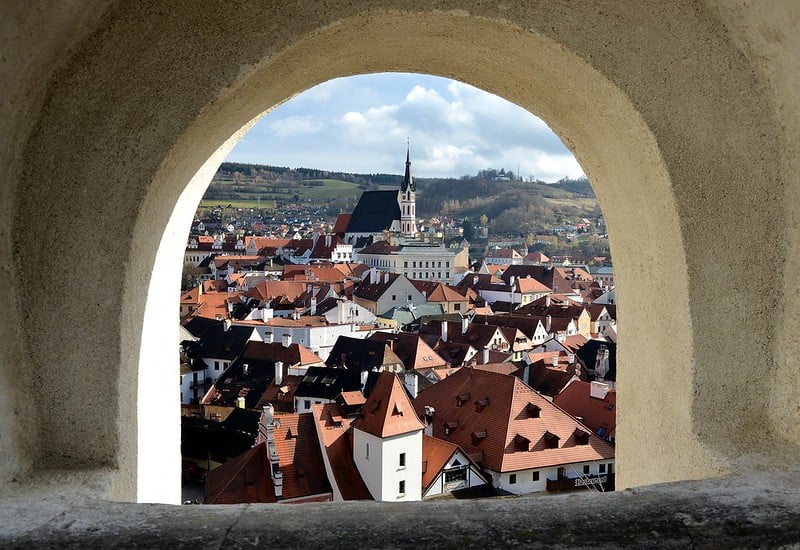
This infinitely Instagrammable walled town is pleasingly compact, so the best thing to do is wander around, taking in all the history and art. Interestingly (we thought), Krumlov translates as ‘crooked meadow’, after a bend in the Vltava river that bisects the town.
Don’t miss:
- The Old Town. It’s on the Unesco World Heritage Sites list for good reason – wander around and get transported back to medieval times via gorgeous buildings and a maze of teensy lanes
- Cezky Krumlov Castle. Founded in the 13th century, this magnificent fortification is the Czech Republic’s second-largest historic building and has elements of various architectural periods, from Gothic to Renaissance. Head up the bell tower for some of the best views in town
- Take a boat down the river. It’s a great way to experience the beauty of the town – you can pick one up right by the castle or go on one of the many organised trips
Getting there:
If you’ve got a car, it’s a lovely drive and only takes three hours. Alternatively, the quickest journey by public transport takes about three to three and a half hours, but it varies a lot by day and time.
Budapest, Hungary
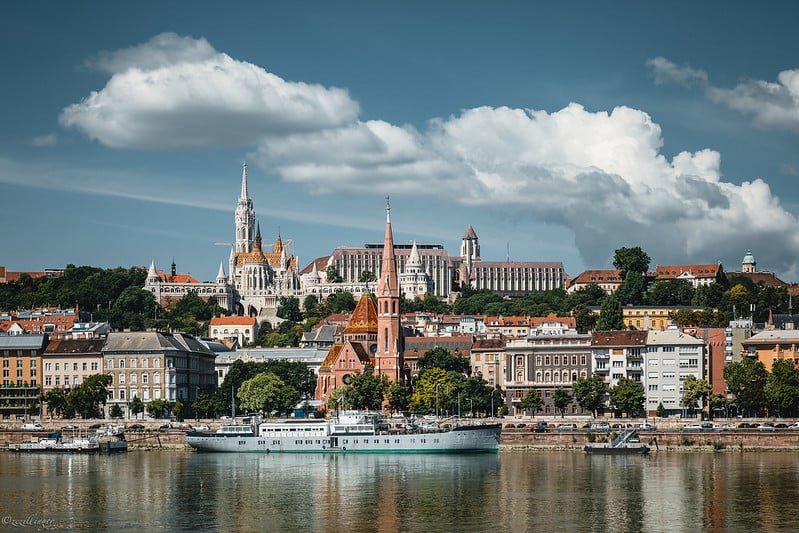
Looking for an enchanting city destination with lively nightlife, plenty of music festivals, cultural events, parks, and more sightseeing opportunities than you can throw a goulash at? Then Budapest’s for you.
Don’t miss:
- Castle Hill. Wander around this historic plateau that overlooks the Danube and explore its varied and magnificent medieval architecture. Head to the neoclassical Fishermen’s Bastion for some of the best views in the city
- The thermal baths. There are plenty of spas to explore and unwind in in the city, but with its extravagant art nouveau furnishings, mosaics and sculptures, the Gellert Spa is a prime example of Budapest’s historic natural hot spring spa culture
- The ruin bars. Just as you’d expect, these are bars in derelict buildings. They’re unmarked, so hard to find, but the eclectic decor and lively vibes are well worth sticking around when you do. The vast Szimpla Kert ruin bar in the Jewish Quarter is where it all began and is still going strong
Getting there:
It’s about two hours 20 minutes by train or two and a half hours by car.
Cieszyn, Poland
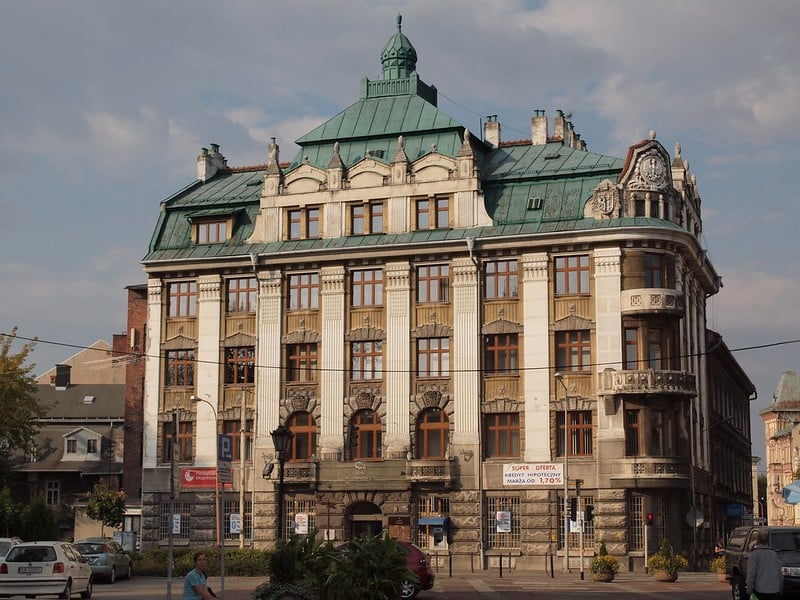
One of the oldest towns in the country, it’s divided into two parts – a Polish and a Czech side. So, as you’d expect there’s lots of colourful history to immerse yourself in, plus quirky – and affordable – cafes and pubs to take a break in.
Don’t miss:
- The beer. Head to Cieszyn Brewery, which used to make beer exclusively for royal consumption
- Three Brothers Well. There’s a huge amount of fascinating history in this small town and this well serves as a reminder of the tale of the town’s founding by three brothers, Bolko, Lesko and Ciesko. After a long period of separation, they were reunited here in 810. They were said to be so happy (‘cieszyć się’ in Polish) to have found one another again that they founded the town
- The town even has its own joyous flower – the cieszynianka has vibrant lime-green leaves with yellow centres
Getting there:
It’s about four hours’ drive from Vienna or five-six hours by train.
Maribor, Slovenia
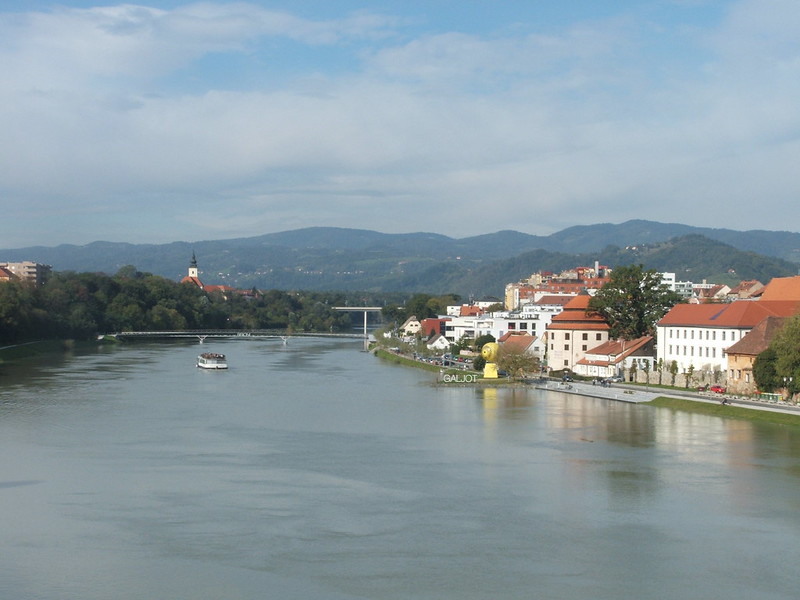
Slovenia’s second-biggest city often gets overlooked in favour of the capital, Ljubljana, but this charming place is well worth a visit for its history, breathtaking surrounding scenery and, yes, all the wine.
Don’t miss:
- Glavni Trg (Main square) This is a good starting point for wandering around the compact city centre and into the cobbled streets of the old town – check out the Maribor Town Hall and the monument dedicated to victims of the Plague in the 15th century
- Visit the Old Vine House on the riverfront and discover the world’s oldest grape vine. It’s 440 years old and not just still standing, but still producing grapes. You can explore the country’s winemaking history here and, of course, taste some of the wines from the region
- Pyramid Hill – If you want to see the whole of Maribor spread out before you, then take a 20-minute stroll up this reasonably gentle small hill that’s studded with vines
Getting there:
It takes three hours by car or by the direct shuttle from the main bus terminal. Trains take around three and a half hours.
READ MORE:

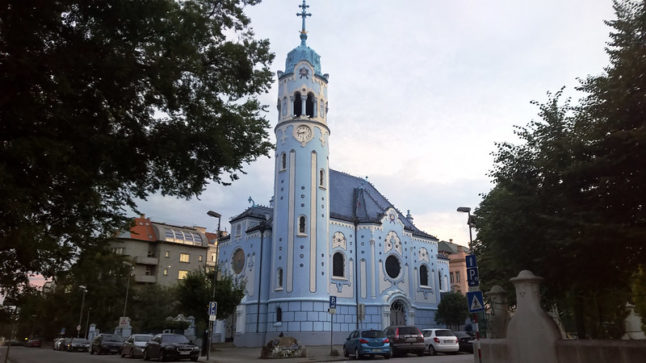
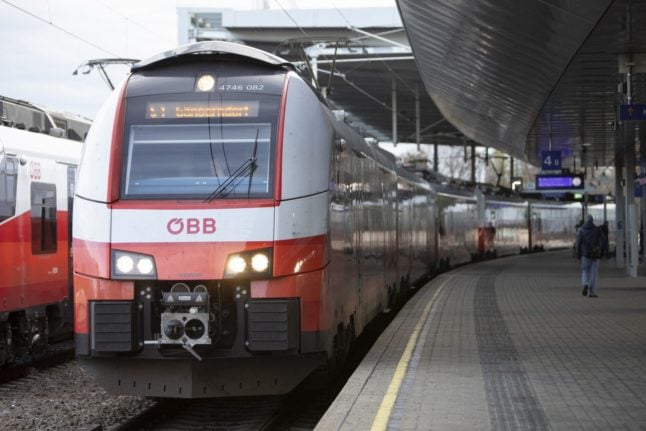
 Please whitelist us to continue reading.
Please whitelist us to continue reading.
Member comments